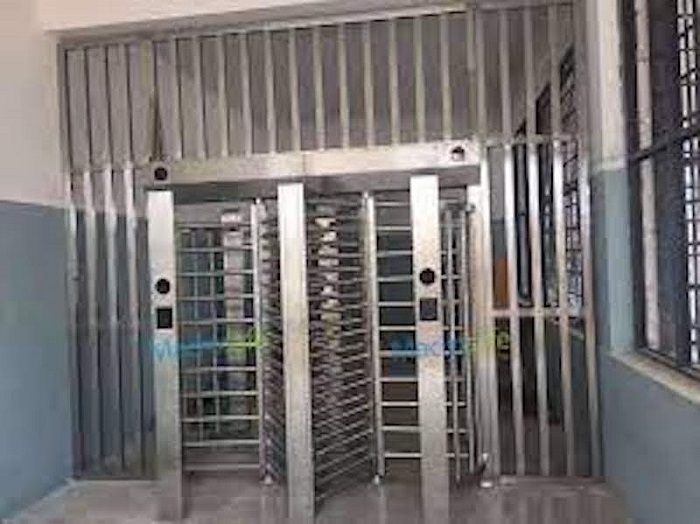Improving Building Entry Security with AI
As technology continues to rapidly evolve, the concept of the intelligent entrance is becoming more commonplace. In fact, artificial intelligence (AI) is playing a central role in improving entrance security, efficiency, and convenience in public and private buildings.
AI-powered entrance systems can utilize advanced algorithms to provide enhanced security through access control, reduce waiting times, and streamline visitor management. Here is a closer look at how AI is being used to improve entrances.

Enhancing Security
Security is a top priority for any building. Traditional lock-and-key systems can be vulnerable to break-ins and theft, and managing access control can be a complex task. AI-based entrance systems, on the other hand, offer several advanced security features.
First, facial recognition technology can be used to verify the identity of individuals accessing a building. One of the most common applications of facial recognition technology is in full height turnstile, which are commonly used in office buildings, sports arenas, and other facilities that require controlled access.
By incorporating facial recognition technology into tripod turnstiles, access can be granted or denied based on the identity of the individual attempting to enter. This means that entry can be denied to anyone who should not be granted access, such as ex-employees or unauthorized visitors.
Additionally, facial recognition software can track the movement of individuals and identify unusual behaviors, potentially helping to prevent incidents before they occur.
In addition to facial recognition, AI-powered entrance systems can incorporate other biometric authentication methods, such as fingerprint scanning or iris recognition. Biometric authentication ensures that only authorized individuals can access sensitive areas and data, making the building more secure than ever before.
Reducing Waiting Times
Nobody likes standing in line or waiting for permission to enter a building. However, with traditional entrance systems, long lines and wait times are a common sight. But with AI-based entrance systems, these waiting times can be minimized.
AI can help ensure that visitors are processed quickly and efficiently. For example, systems that rely on facial recognition technology can recognize visitors and invite them in without the need for manual verification. Large groups of visitors can be processed quickly, reducing the amount of time spent waiting in line.
In addition, incorporating full height turnstiles into an AI-based entrance system can further reduce waiting times and enhance security measures. Optical turnstiles are designed to detect tailgating and facilitate security, ensuring that only authorized individuals are granted access.
This category of solutions includes optical turnstiles or speed gates, which are designed to detect tailgating and facilitate both security and efficiency.
By combining AI-based facial recognition technology with optical turnstiles, visitors can be processed quickly and securely, reducing waiting times and enhancing overall access control measures.
Streamlining Visitor Management
Managing visitors can be a complex and time-consuming task, especially for large buildings with high traffic volumes. However, AI-powered entrance systems can help simplify the process and reduce workload for security personnel.
With AI, visitors can be automatically tracked and monitored, allowing for real-time monitoring of visitor entry and exit. Visitor management systems can also be enhanced through the use of chatbots, which can provide visitors with additional information and support before they even enter the building.
Chatbots can answer questions and provide directions or instructions, helping visitors feel more comfortable and informed.
Significant Opportunities
AI is transforming the way we think about entrances to public and private buildings. From enhanced security to more efficient visitor management, AI-based entrance systems offer significant opportunities for improved safety, convenience, and efficiency.
While implementing these systems may require initial investment, the long-term benefits in terms of safety and efficiency make the move to AI-powered entrance systems a wise choice for building managers and security personnel
